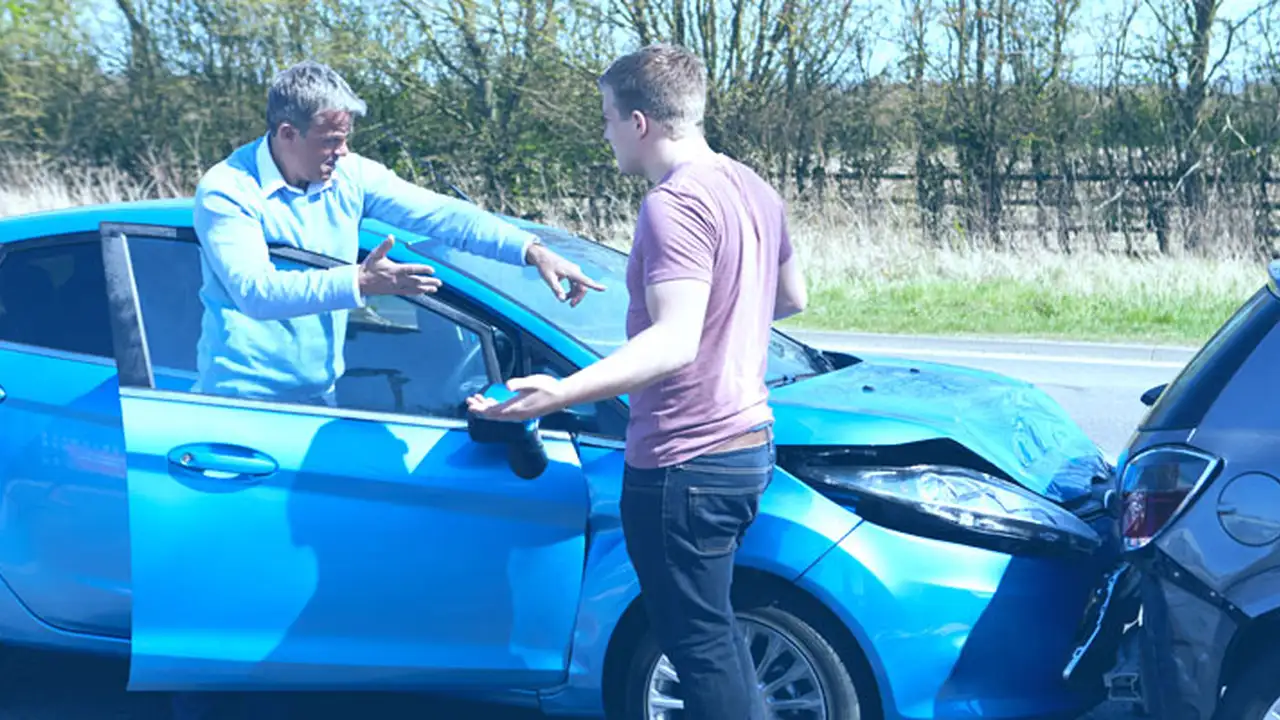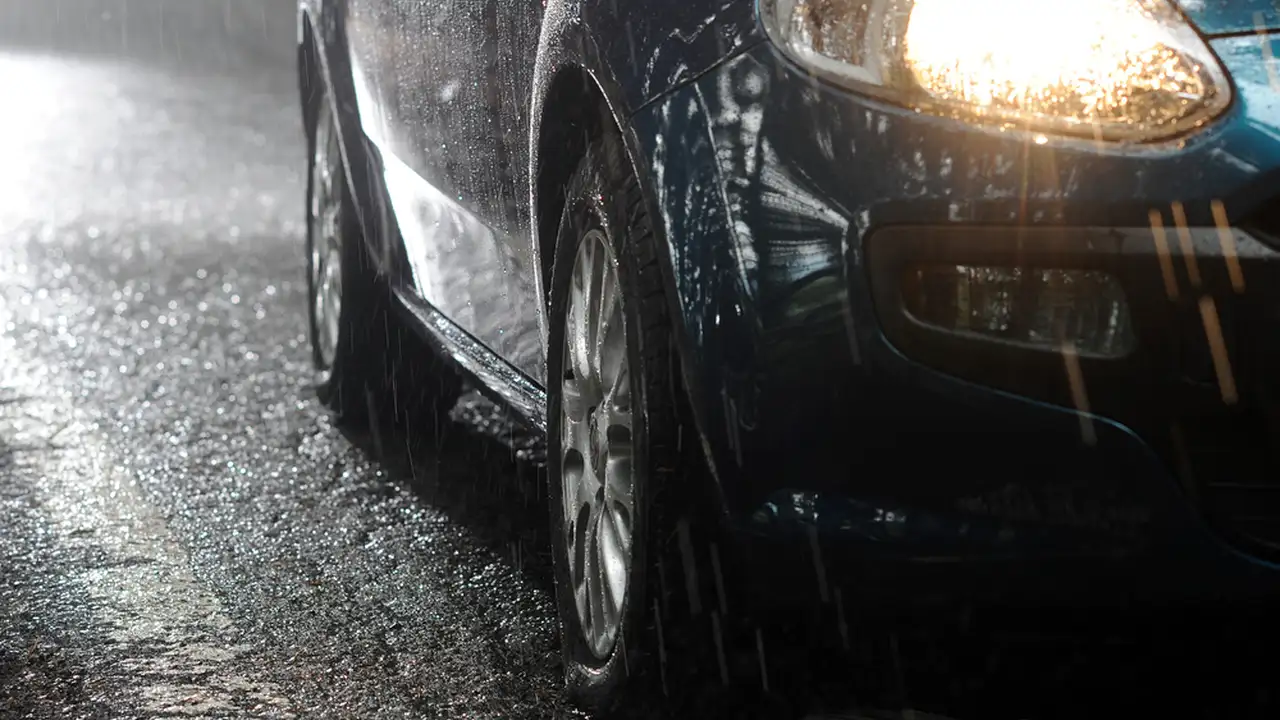Underinsured Motorist Claims: Maximizing Your Recovery

Understanding Underinsured Motorist Coverage: What You Need to Know About Car Insurance Claims
Okay, let's talk about something nobody *wants* to think about: getting into an accident with someone who doesn't have enough insurance. It's a real bummer, right? You're hurt, your car's wrecked, and the other driver's insurance barely covers a fraction of your bills. That's where underinsured motorist (UIM) coverage comes in. Think of it as your safety net when the other guy drops the ball.
Basically, UIM kicks in when you're injured in an accident caused by a driver whose insurance limits are too low to cover your damages. This includes things like medical bills, lost wages, and even pain and suffering. It’s part of your own car insurance policy, and it protects *you* when someone else is at fault but doesn’t have sufficient coverage. It's like saying, "Hey, I'm responsible, and I'm going to protect myself, even if others aren't."
Determining the Need for an Underinsured Motorist Claim: Assessing Your Car Accident Situation
So, how do you know if you even *need* to file a UIM claim? First, figure out the other driver's insurance limits. Then, add up all your expenses related to the accident: doctor visits, hospital stays, physical therapy, car repairs, rental car costs, and any wages you lost because you couldn't work. Don't forget to factor in the long-term impact of your injuries.
If your total expenses are higher than the other driver's insurance limits, you probably have an underinsured motorist claim. It’s crucial to get a clear picture of your damages early on. Keep meticulous records of everything: medical bills, pay stubs, repair estimates, and any other documents that support your claim. The more organized you are, the stronger your case will be.
Maximizing Your Underinsured Motorist Recovery: Strategies for Car Insurance Claim Success
Alright, let's get down to brass tacks. How do you actually *maximize* your recovery in a UIM claim? Here's the deal:
- Notify Your Insurance Company ASAP: Don't wait! The sooner you notify them, the better. They'll likely have specific procedures and deadlines you need to follow.
- Gather Evidence: This is HUGE. Collect everything related to the accident: police reports, witness statements, photos of the damage, medical records, and proof of lost wages. The more evidence you have, the stronger your claim will be.
- Document Everything: Keep a detailed record of all your expenses, pain and suffering, and any limitations your injuries have placed on your life. A daily journal can be incredibly helpful.
- Negotiate Strategically: Insurance companies are in the business of making money, so they'll often try to lowball you. Don't accept the first offer! Be prepared to negotiate, and know the value of your claim.
- Consider Legal Representation: Dealing with insurance companies can be a headache, especially when you're injured. A good attorney can handle the negotiations, gather evidence, and represent your interests in court if necessary.
Product Recommendations: Dash Cams for Car Accident Evidence and Insurance Claims
Let's talk about something proactive: dash cams. These little gadgets can be lifesavers when it comes to proving fault in an accident. They record everything that happens in front of your car, providing irrefutable evidence for your insurance claim.
Vantrue N4: The All-Around Champion for Car Insurance Claim Documentation
The Vantrue N4 is a triple dash cam, recording the front, interior, and rear of your vehicle simultaneously. This is incredibly valuable for capturing all angles of an accident. It features 1440P resolution for the front camera, 1080P for the interior, and 1080P for the rear, ensuring clear footage. It also has night vision, loop recording, and parking mode (which automatically records if someone bumps your car while it's parked). It’s a bit pricier, usually around $250-$300, but the peace of mind is worth it.
Use Case: Imagine you're rear-ended at a stoplight. The Vantrue N4 captures the entire incident, including the other driver's actions and any potential witness reactions. This footage can be crucial in proving the other driver's negligence.
Garmin Dash Cam 67W: Compact and User-Friendly for Insurance Claim Purposes
If you're looking for something smaller and easier to use, the Garmin Dash Cam 67W is a great option. It records in 1440P and has a wide 180-degree field of view, capturing a broad perspective of the road. It also features voice control, allowing you to save videos, start/stop recording, or take still pictures with simple voice commands. Expect to pay around $200-$250 for this one.
Use Case: Let's say you're involved in a side-impact collision. The Garmin Dash Cam 67W's wide-angle lens captures the entire intersection, providing valuable evidence of who ran the red light or failed to yield. The voice control feature can be especially helpful in stressful situations, allowing you to save the footage without taking your hands off the wheel.
Rexing V1P Pro: Budget-Friendly Option for Car Accident Claim Recording
For those on a budget, the Rexing V1P Pro is a solid choice. It's a dual dash cam, recording both the front and rear of your vehicle in 1080P. It has loop recording, parking mode, and a wide dynamic range (WDR) feature that improves image quality in low-light conditions. You can usually find it for around $100-$150.
Use Case: Picture this: you're driving down a busy street, and someone cuts you off, causing a minor fender bender. The Rexing V1P Pro captures the entire incident, including the other driver's erratic behavior and the damage to your vehicle. This footage can be used to prove the other driver's fault and avoid being wrongly blamed for the accident.
Dash Cam Comparison: Price, Features, and Best Use Cases for Car Insurance Claims
Here's a quick comparison table to help you decide which dash cam is right for you:
| Dash Cam | Price (Approx.) | Key Features | Best Use Case |
|---|---|---|---|
| Vantrue N4 | $250-$300 | Triple Recording, 1440P Front, 1080P Interior/Rear, Night Vision, Parking Mode | Comprehensive accident documentation, rideshare drivers |
| Garmin Dash Cam 67W | $200-$250 | 1440P, 180-Degree View, Voice Control, Compact Design | Easy-to-use, hands-free operation, wide-angle coverage |
| Rexing V1P Pro | $100-$150 | Dual Recording (Front & Rear), 1080P, Parking Mode, WDR | Budget-friendly, basic accident documentation, rear-end collision prevention |
Navigating the Underinsured Motorist Claim Process: Step-by-Step Guide for Car Accident Victims
Okay, you've gathered your evidence, notified your insurance company, and maybe even invested in a dash cam. Now what? Here's a step-by-step guide to navigating the UIM claim process:
- Demand Package: Prepare a comprehensive demand package for your insurance company. This should include a cover letter outlining your claim, copies of all relevant documents (police report, medical records, repair estimates, etc.), and a detailed explanation of your damages.
- Negotiation: Your insurance company will review your demand package and likely make a counteroffer. Be prepared to negotiate! Know the value of your claim, and don't be afraid to push back if they're lowballing you.
- Mediation (Optional): If you can't reach a settlement through negotiation, you might consider mediation. This involves a neutral third party who helps you and the insurance company reach an agreement.
- Arbitration or Lawsuit: If mediation fails, your final options are arbitration or filing a lawsuit. Arbitration involves a neutral arbitrator who hears both sides of the case and makes a binding decision. A lawsuit involves taking your case to court.
The Role of an Attorney in Underinsured Motorist Claims: When to Seek Legal Help After a Car Accident
Let's be honest, dealing with insurance companies can be a real pain. They often try to minimize payouts, delay claims, or even deny them altogether. That's where an attorney comes in. A skilled personal injury attorney can level the playing field and protect your rights.
Here are some situations where you should definitely consider hiring an attorney:
- Serious Injuries: If you've suffered serious injuries in the accident, an attorney can help you recover the full compensation you deserve for medical bills, lost wages, and pain and suffering.
- Disputed Liability: If the insurance company is disputing who was at fault for the accident, an attorney can investigate the accident, gather evidence, and build a strong case on your behalf.
- Complex Legal Issues: If your case involves complex legal issues, such as multiple parties or pre-existing conditions, an attorney can navigate the legal complexities and protect your interests.
- Unfair Settlement Offers: If you believe the insurance company is offering you an unfair settlement, an attorney can negotiate on your behalf and fight for a fair outcome.
Understanding Policy Limits and Stacking in Underinsured Motorist Coverage: Maximizing Financial Recovery
Let's dive into the nitty-gritty of policy limits and "stacking." Understanding these concepts is crucial to maximizing your financial recovery.
Policy Limits: This is the maximum amount your insurance company will pay out for a covered claim. It's essential to have adequate UIM coverage to protect yourself in case of a serious accident. Consider higher limits if you can afford them.
Stacking: In some states, you may be able to "stack" your UIM coverage. This means that if you have multiple vehicles insured under the same policy, you can combine the UIM limits from each vehicle to increase your total coverage. However, stacking laws vary by state, so it's important to check with your insurance agent or an attorney to see if it's allowed in your jurisdiction.
Frequently Asked Questions About Underinsured Motorist Claims: Addressing Common Concerns
Let's tackle some common questions about UIM claims:
Q: What's the difference between uninsured motorist (UM) and underinsured motorist (UIM) coverage?
A: UM coverage protects you when you're hit by a driver who has *no* insurance. UIM coverage protects you when you're hit by a driver who has *some* insurance, but not enough to cover your damages.
Q: How long do I have to file a UIM claim?
A: The statute of limitations for UIM claims varies by state. It's important to file your claim as soon as possible to avoid missing the deadline.
Q: Can I still file a UIM claim if I was partially at fault for the accident?
A: It depends on your state's laws. Some states follow a "comparative negligence" rule, which means you can still recover damages even if you were partially at fault, as long as your percentage of fault is below a certain threshold. Other states follow a "contributory negligence" rule, which means you can't recover any damages if you were even slightly at fault.
Q: Will filing a UIM claim raise my insurance rates?
A: It's possible, but not always. In some states, insurance companies are prohibited from raising your rates if you file a UIM claim for an accident that wasn't your fault.
The Importance of Reviewing Your Car Insurance Policy: Ensuring Adequate Underinsured Motorist Coverage
Take some time to review your car insurance policy. Make sure you understand your UIM coverage limits and whether you have the option to stack your coverage. Consider increasing your UIM limits if you can afford it. It's a relatively inexpensive way to protect yourself from potentially devastating financial losses.
Don't be afraid to ask your insurance agent questions. They can help you understand your coverage options and make sure you have the right protection for your needs. Think of it as an investment in your peace of mind. You never know when you might need it.
:max_bytes(150000):strip_icc()/277019-baked-pork-chops-with-cream-of-mushroom-soup-DDMFS-beauty-4x3-BG-7505-5762b731cf30447d9cbbbbbf387beafa.jpg)






